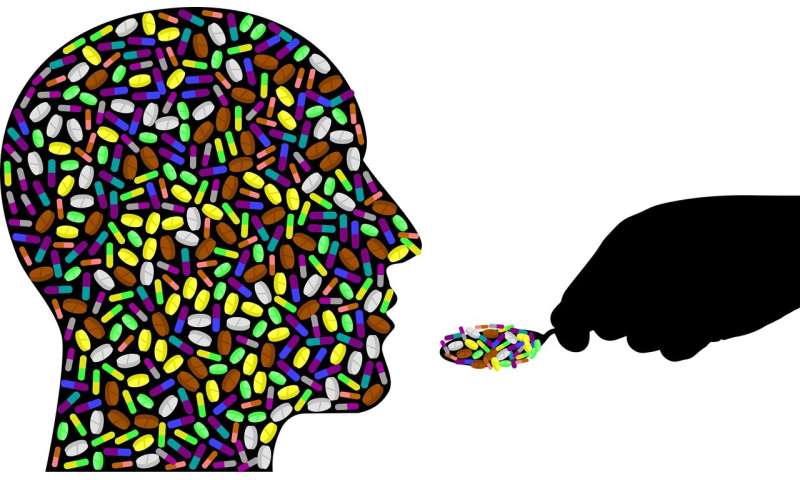
A study at Columbia University Mailman School of Public Health found that long-term buprenorphine treatment is associated with improvements in health care outcomes. Compared to individuals who discontinued buprenorphine, those with continuous treatment had significantly lower rates of prescription opioid use and opioid-related events, including medically treated overdoses in the follow-up period. The results are published in the May issue of the journal Health Affairs.
“Buprenorphine is an effective medication for the treatment of opioid addiction, yet until now studies were not designed to establish a minimum duration of treatment for opioid use disorder needed to achieve improved clinical outcomes,” said Hillary Samples, Ph.D., postdoctoral research fellow in the Department of Epidemiology, Columbia University Mailman School of Public Health. “As a result of limited evidence, health plans and care guidelines set potentially restrictive treatment standards.”
The researchers analyzed health insurance claims data to compare patients with continuous buprenorphine treatment to those who discontinued 6-9 months after initiating medication with the goal of extending evidence from clinical trials, which are typically limited to 3 to 6-month periods. In addition, the National Quality Forum defines 180 days (6 months) as the minimum duration of pharmacotherapy for opioid use disorder treatment, and quality measures are often used by federal and state agencies or health plans to set treatment standards.
Compared to 4,433 adults who discontinued buprenorphine 6-9 months after beginning treatment, individuals with continuous treatment had significantly lower risk of all-cause inpatient (-52%) and emergency department (-26%) services, opioid-related hospital services (-128%), overdose events (-173%), and opioid prescriptions (-120%) as well as a significantly lower rate of prescription opioid use (-124%) in the follow-up period than in the treatment period.
The greatest decreases were found for overdose events, opioid-related inpatient and emergency department services and prescription opioids use. “The pattern of results indicates that longer-term buprenorphine treatment more effectively protects patients from adverse clinical outcomes,” said Samples.
Source: Read Full Article
